January and February – traditionally the coldest, bleakest months of the year – have one highlight, something like the gardener’s version of the swallows returning to Capistrano: the arrival of seed catalogs in the mail.
The timing of these catalogs is no accident. Amidst the snow and wind, these beautiful, colorful pages give hope that our gardens will bloom once more. They also suggest giddy possibilities, sometimes beyond logic, that this time we’ll be able to grow peanuts in Idaho or mangoes in Alaska.
And above all, seed catalogs give gardeners a powerful tool, something everyone should do before putting that first seed in a pot or in the soil: Paper gardening. The most efficient and effective way to guarantee summer success is through winter planning. Whether you’re gardening in pots on your patio, a suburban backyard, or a half-acre truck garden – all our growing efforts benefit from pre-planning on paper. The best thing about these tools is they are virtually free.
Understand that no matter how well you plan, some failures are inevitable. Gardening is rife with unpredictable factors out of your control. But as the old adage goes, “Planning prevents poor performance.” You may not be able to predict or control these outside factors, but you can plan for them – on paper.
Start by figuring out your challenges. Are you in an area prone to drought? What’s your soil like? What kind of pests do you routinely face? What kind of space constraints do you face?
Whatever weaknesses you face, now is the time to figure out how to reduce or eliminate them. Perhaps you could install a drip irrigation system. Perhaps you should bypass the ground and garden in raised beds. Perhaps you should raise your fence to eight feet to discourage deer. Perhaps you should incorporate vertical plantings to maximize space.
Next, sketch out your garden space, approximating the dimensions and shape. Unless you’re blessed with a huge area, you’ll have to restrict your garden dreams to within the confines of what you have available. Thankfully, whole industries and entire sciences have arisen to tackle the challenges of maximizing output within minimal space … and the best place to start is on that piece of paper.
Depending on your situation, you can build raised beds, trellis against walls and fences, use cages, stakes, tripods, or construct wall-mounted planters. Many fruits and vegetables yield themselves well to vertical gardening, including cucumbers, melons, pole beans, tomatoes, peas, grapes, berries, and squash. Even fruit trees can be trained to trellis against a wall.
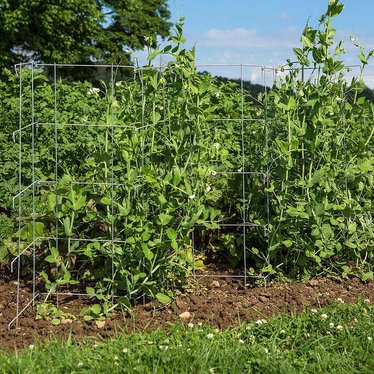
Raised beds are wonderful for improving soil, increasing the growing season (the soil heats up sooner in the spring), and growing more intensely in a small space. Surface area can even be increased by mounding the soil in the bed into an arc, which increases planting space by about 20 percent. Planting in “triangles” (staggering the plants) instead of straight rows means you can fit 10 to 15 percent more plants per area.
You can also companion-plant many vegetables to increase yield per area. Companion planting charts can easily be found online. You will also need to factor in plants that sprawl (pumpkins, anyone?), and tall plants that might shade other plants (such as corn).
The next thing to plan on paper is what to grow (this is the fun part). A few criteria:
- Foods you like to eat. We know someone who excels in growing kale, a highly nutritious and easy-to-grow vegetable. The trouble is, no one in his family likes kale. It is certainly a lovely thing to see his tidy rows of brassicas growing so beautifully, but they’re kind of useless if no one will eat them.
It’s better to concentrate on family favorites. Broccoli, strawberries, spinach, onions, corn – whatever your fancy, now is the time to decide where and how much to plant. - Foods you can grow. No matter how much we enjoy peanuts, they simply won’t grow this close to the Canadian border. Instead, we have to concentrate on foods we know can handle short summers. However, we’re often pleasantly surprised by what’s available. I had given up the idea of growing popcorn since the plants simply take too much time to mature in our area, but after a bit of research I found a short-season heirloom popcorn suitable for northern climates. Winter nights with homegrown popcorn and homemade butter – what could be better?
That’s the wonder of modern gardening: There are endless varieties designed to handle endless gardening challenges, whether it’s season limitations or tough soil conditions or pests endemic to your area. A paper garden is the very best place to “plant” these varieties before tackling the garden itself. Failures on paper are a lot less disheartening than failures in the garden.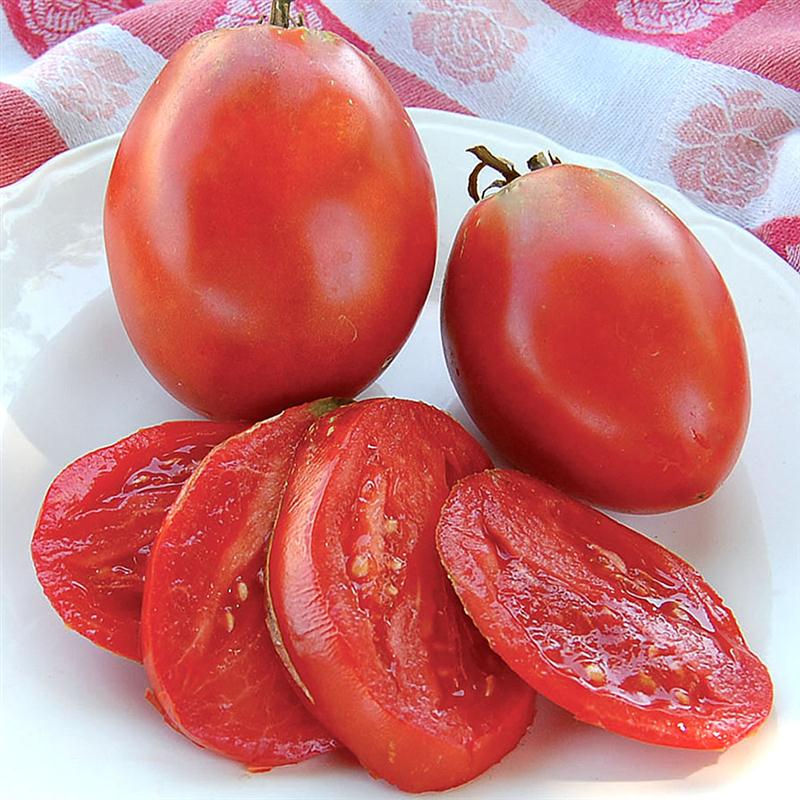
Don’t forget pest management. While proper fencing can keep out everything from rabbits to deer, you may still be plagued with everything from gophers to aphids. Humans aren’t the only things that enjoy luscious fruits and vegetables. Your paper garden allows you the time and space to incorporate organic pest-management strategies which maximizes the chances you’ll be able to eat those strawberries, not the slugs.
Finally, if you have the space, time, and money – go crazy and grow something totally frivolous or unsuited to your climate – just to see if you can. Maybe you’ll discover something new. After all, the whole purpose of gardening is to have fun!
However you approach your summer garden, the place to figure it out is on that critical sheet of paper. Paper gardening allows you to decide what supplies are needed, what improvements or changes to incorporate, and what budget you can afford. And the best part is, paper gardens are free! Until you start translating that paper into reality, you can dream and plan to your heart’s content.
And all this can be done on paper while the snow is still flying and your garden space is buried. How cool is that?
Editor’s Note: This article was first posted February 2018.


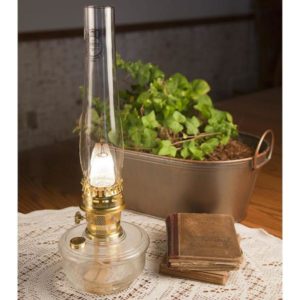



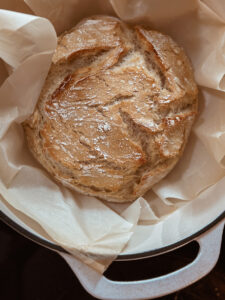
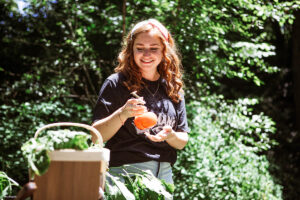



























Thank you for all of the very useful information to plan on for the spring garden to come to fruition!!
What catalogs should I subscribe to??
Thank you for a great article
Its so funny!! I am literally sitting with my box of seeds. Trying to find out what I would like to start indoors. I’m thinking about pests in the garden for me and how and what I will use to combat them.
[…] big on what I call “paper gardening,” in which all the infrastructure requirements and plant locations are planned in advance on […]
Save those eggshells! I bake mine for a few minutes to dry them and then cr ush them and store them until gardening time. Great to save your plants from snails and slugs, adds calcium and lime to your plants and helps improve the soil. I had a huge problem with slugs eating my plants and veggies until I started sprinkling crushed eggshells around the affected plants. No more slug problem… also to keep cats from using your garden as a bathroom place sharp sticks or plastic forks handle down in the ground around the plants, the sticks and tips of the forks will poke them as they start to squat and they will leave your garden alone….
We will be moving to a short grow season
Funny you would post this now. My brother and I say “This is not winter. It’s spring planning season!” ? I have my garden journal out to start the season.
[…] it is also the beginning of a busy time for most of us. Fruit trees and grapes need to be pruned, gardens planned, early crops planted, lawns raked, spring cleaning finished up, and much more. For us farmers, […]